
Review on Adafruit RGB Matrix HAT Raspberry by Jason Wilson

Great board with RTC addon
Works great for me! I bought a 128x64 LED dot matrix display here. I used my raspberry pi and drove it directly. It worked fine. But the Raspberry Pi IO is at 3.3V and the matrix display is usually at 5V, there are glitches on the display, especially when the brightness is reduced. With this cap, it converts 3.3V logic to 5V, and no more glitches! Please note that you have to solder the pins. The pads are placed close together to match the pins on the Raspberry Pi. It's good to turn the Pi over and look at the pads and see how close they are. Even though the pads are tight and small, they are still easy to solder if you have soldering experience. Also note that if you follow Adafruit's guide to installing scripted libraries and examples, you'll be asked if you want better graphics mode or comfortable mode. With the best graphic selected you will need to solder an extra wire to connect the two pads to actually make it work. I also received a new board revision. It supports line E addressing, which requires soldering two pads on the board.
- Decent performance
- Miscellaneous Miscellaneous
New products
Comments (0)
Top products in 🖥️. Single Board Computers
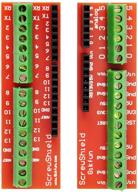
Gikfun Screw Shield Expansion Board: Enhance Arduino UNO R3 with the EK7007 Add-On

11 Review
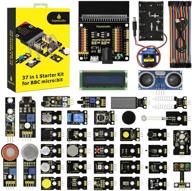
🎁 Ultimate BBC Micro bit Sensor Starter Kit: Keyestudio 37-in-1 Box with Tutorial, Compatible with V1.5 & V2, Gift for Kids and Adults (Microbit Board Not Included)

11 Review

55" TV LG OLED55C2RLA 2022 HDR, OLED, dark titanium

38 Review
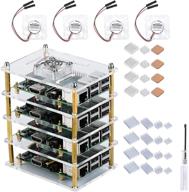
GeeekPi Raspberry Pi Cluster Case with Cooling Fan and Heatsink for Pi 4 Model B, 3 Model B+ & 3/2 Model B

11 Review
Another interesting products
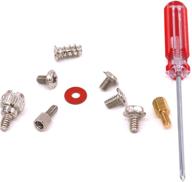
Glarks 660 Pieces Phillips Assortment Motherboard

10 Review
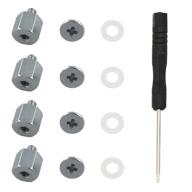
M.2 Screw Kit: Easy Mounting for NVMe SSDs on ASUS Motherboards

19 Review
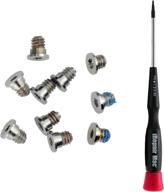
MacBook Retina 13-inch (A1425, A1502) and 🔩 15-inch (A1398) Bottom Case Screw Set with Pentalobe Screwdriver

11 Review
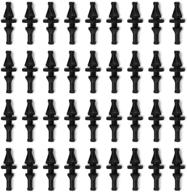
36-Pack Black Rubber PC CPU/Case Fan Screws/Rivets Set for Computer

11 Review

